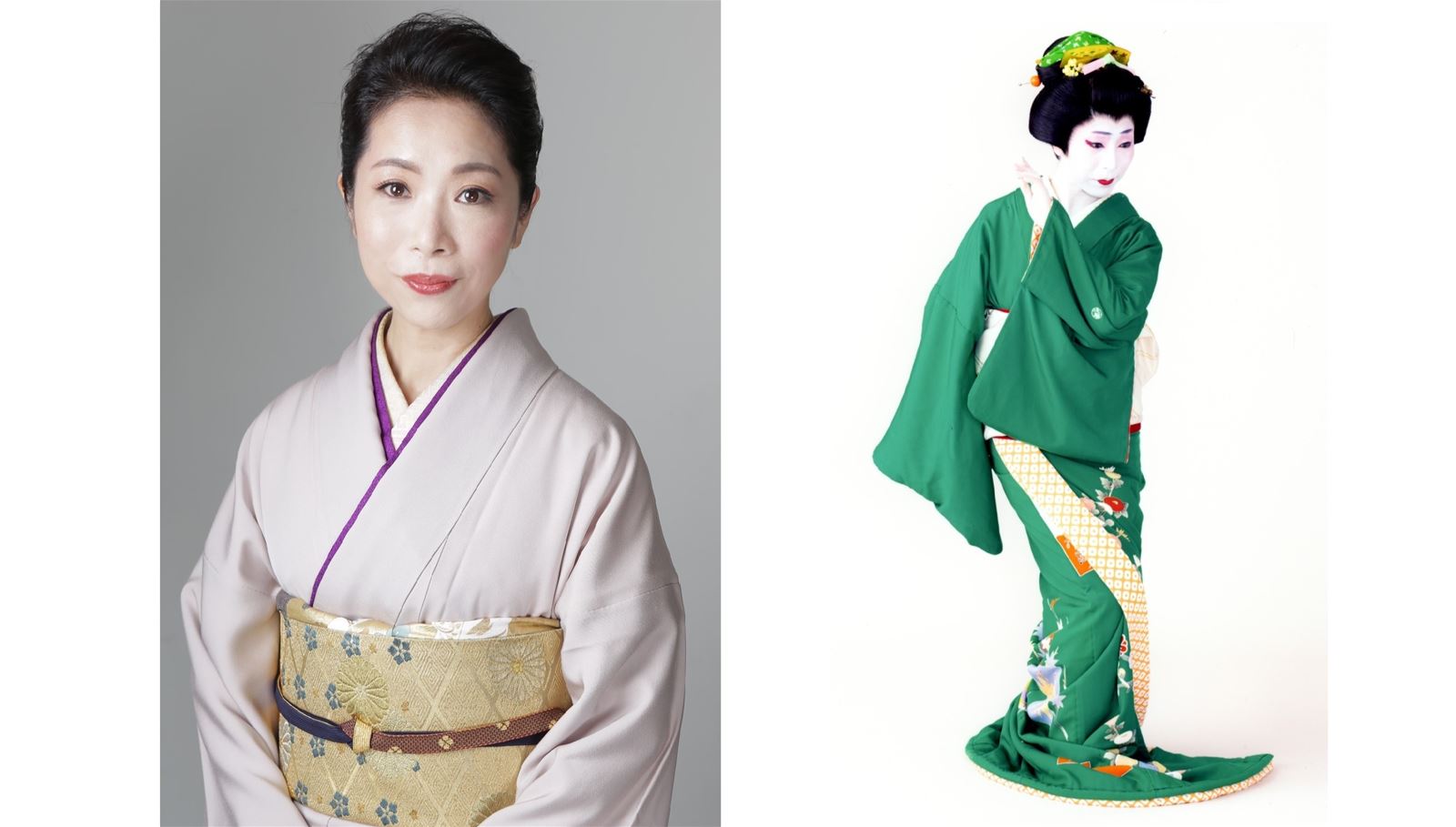The Kyôgen Theatre
Establishment of the Divadlo kjógen - (The Kyôgen Theatre) came as a direct result of the partnership between the cities of Prague and Kyôto in 1996. Key persons for its start were Czech playwright, director and mime Hubert Krejčí, Japanese „Living treasure“ and Ôkura school Kyôgen Master Shigeyama Shime and Japanologist Ondřej Hýbl. Divadlo kjógen is a unique troup that has been working on the Kyôgen genre on a professional level outside of Japan. Its activity is based on a long-standing cooperation between Czech and Japanese theatre artists. The Kyôgen Theatre has on its repertoire more than 20 original plays translated into Czech langage. In 2016, the troupe was awarded by the very prestigious Saikashô Award for the accuracy of the genre's translation outside Japan, by the Nogami Noh Theatre Institute at Hosei University in Tokyo. Since 2023 the Divadlo kjógen story has been presented in textbooks throughout Japan.
The Snail – Once upon a time in Japan, rumours were spread that it is extremely beneficial to human health to eat snails. Therefore the Lord sends a servant Tarôkaja to find such a snail for him as well. The servant finds a 'snail' in the bushes. Looks exactly, just as the master described it to him. A black head, a shell on its back... What the servant lacks in intellect, makes up for in enthusiasm. But to mistake a snail for a mountain priest Yamabushi, who wears the black liturgical cap on his head and the horagai shell on his back, is really not imaginable, even for such a fool as Tarôkaja is. Or...?
The Mimic – Nothing is as perfect as having subordinates or servants who listen like clockwork. What you tell them to do, they do. Literally. Only the servant should better not be Tarôkaja from Kyôgen world. In this case, the situation soon spirals out of control… Tarôkaja’s insistence on following his master's orders to the letter leads unwaveringly to total disaster. The story itself is over 1000 years old.
Izumo Shô Chô
Akaneya Izumo is an expressive dancing style, generally referred to as Nihon Buyô, and a classical style of the Japanese art of dancing. This dance has evolved from earlier dancing traditions such as Mai and Odori and flourished during the early Edo period as well as through the Kabuki theatre dances. The specific gestures, fan movements, and costumes help in telling the stories of the songs that the dancing accompanies in what is a sophisticated stage dancing artform.
Ms Izumo Shô Chô studied dancing with Izumo master Show Sen from an early age. She performed in Tokyo at Shinbashi and Asakusa. She started teaching this dancing style in 2015. Over the course of the subsequent years, she performed in Italy for several times, in the Vatican, the US and Australia where she also guided dancing workshops. She frequently takes part in presentations of Japanese culture at the Czech Embassy in Japan. She currently practices the Izumo dancing style in Tokyo, and this will be the first opportunity for her to present the art in the Czech Republic.
Amakusa Hishô
This is an account of a true story that happened in the Shimabara region of the Isle of Honshu and the adjacent Amakusa archipelago in the 17th century. A tax increase caused a famine in the area, and in addition, Christianity, which the majority of the local people professed, was prohibited. This resulted in an uprising led by Amakusa Shiro who was just 16 years old at the time. Almost 30,000 rebels from among peasants and ronins conquered Castle Hara but were unable to stand their ground face to face of an army that was four times stronger. Young Amakusa sacrificed his life defending common people. The story describes his profound faith in God and the affection of a girl who fell in love with him.
Flaming Butterfly
This dance is a Japanese take on the story of Romeo and Juliet – the story of a crazy, intense, and burning love. The encounter between two people transforms into a butterfly, and their love expires just as quickly as it flared up. Looking like a bright red flame, the flower known as spider lily allegedly blooms in heaven. Its blossom symbolises the world of the dead in Buddhism. It blooms in the autumn in Japan and is known as higanbana. Symbolising the hereafter, the flower has become the subject of many theatre plays over time.





